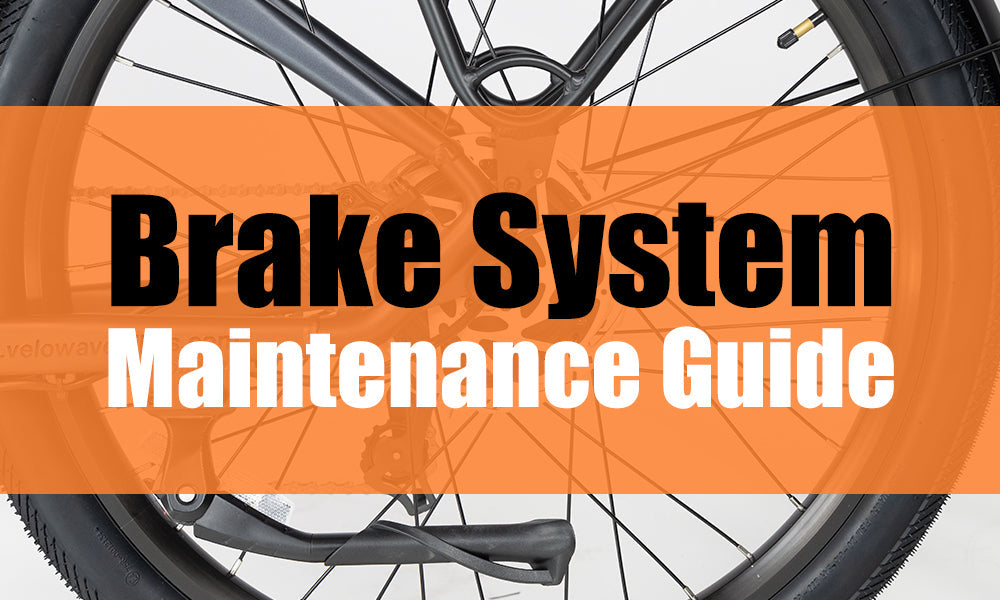
The Importance of Regular Ebike Brake System Maintenance
Cycling enthusiasts know that the right weather can make all the difference in enjoying their ride to the fullest. Whether you’re tackling challenging routes or simply cruising along scenic paths, your bike’s brake system plays a crucial role in your safety and performance. Regular maintenance not only ensures smooth, responsive braking but also prolongs the lifespan of your bike components.
Part 1: Removing the Front Wheel

Before diving into cleaning, it’s essential to remove the front wheel to prevent any cleaning agents or oils from inadvertently staining the disc brake, which could lead to noisy brakes and reduced braking effectiveness.
Part 2: Cleaning and Inspection

Begin with a thorough cleaning of visible parts using a non-corrosive cleaning agent. This step not only enhances the appearance of your bike but also allows you to inspect for any signs of damage or wear caused by dust, mud, or road grime accumulated during rides.
Part 3: Removing the Caliper

To properly assess your brake pads and rotor, remove the caliper carefully. This step enables a closer inspection and easier cleaning of these critical components.
Part 4: Checking the Brake Pads

Inspect your brake pads for wear and tear, which can vary depending on weather conditions and riding intensity. Replace pads as needed to maintain optimal braking performance, ensuring safety during all your cycling adventures.
Part 5: Checking Screws and Adjustments

Verify the condition of all screws and bolts, starting from the brake handle and extending to the caliper. Secure any loose screws with the appropriate tool to prevent potential issues during rides.
Part 6: Caliper Adjustment and Rotor Alignment

While calipers generally stay secure, prolonged use can cause them to loosen slightly. Check for any play and adjust if necessary to ensure proper alignment with the rotor. Ensure there’s sufficient clearance on both sides of the rotor to prevent rubbing, allowing it to spin freely.
Part 7: Brake Adjustment for Riding Comfort

Fine-tune the brake lever position to suit your riding style and hand size. The ideal adjustment allows for comfortable braking with minimal effort, optimizing control and safety during rides.
Additional Tips for Brake System Maintenance:
- Regular Inspection: Schedule periodic checks to catch any issues early and maintain peak performance.
- Brake Fluid Check: For hydraulic brakes, monitor fluid levels and quality to prevent air bubbles and ensure consistent braking power.
- Rotor Cleaning: Periodically clean the rotor with isopropyl alcohol and a clean cloth to remove any oil or debris that could impair braking.
Conclusion:
By following these steps and adopting good maintenance habits, cyclists can not only enhance their riding experience but also ensure their safety on the road or trail. A well-maintained brake system allows for confident braking in all conditions, whether you’re chasing records in competition or simply enjoying a leisurely ride through nature.
Remember, a clean brake system is your safety guard, ready to support your cycling adventures to the fullest!




